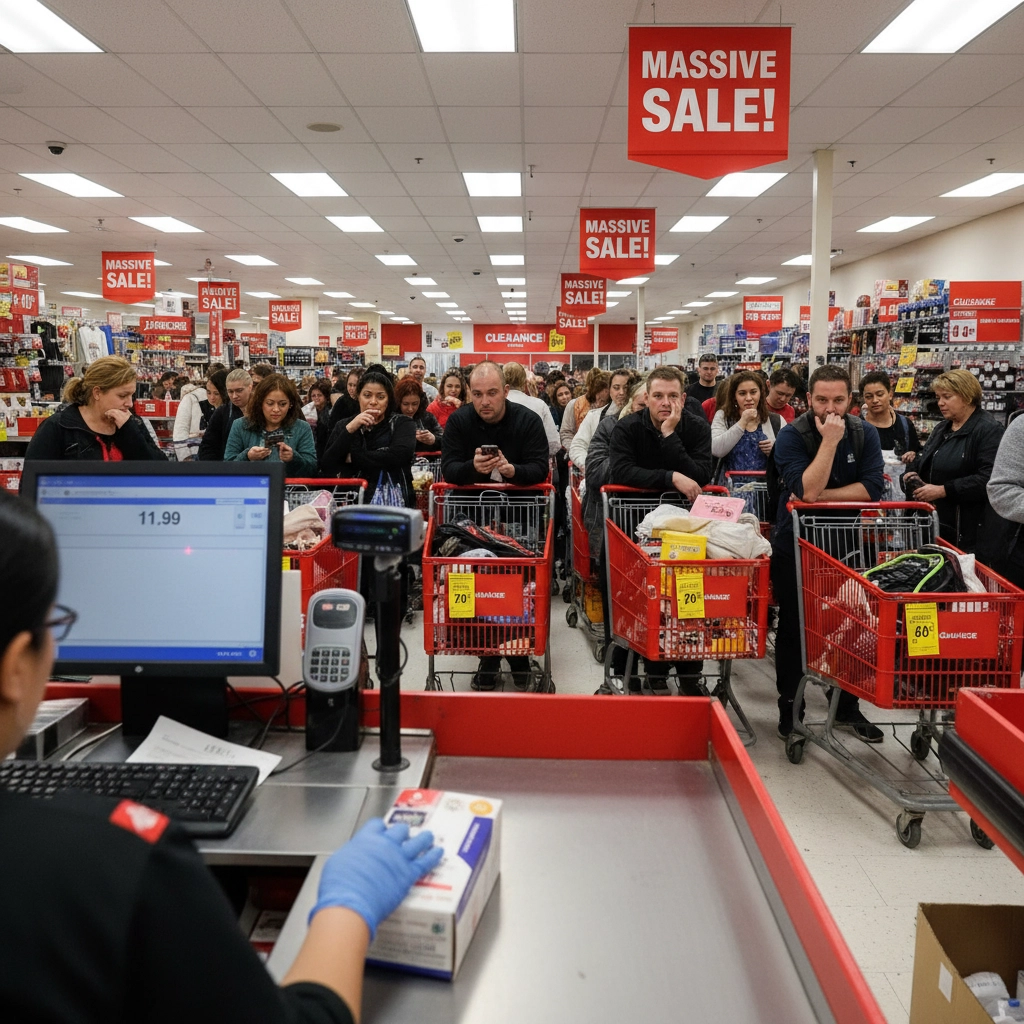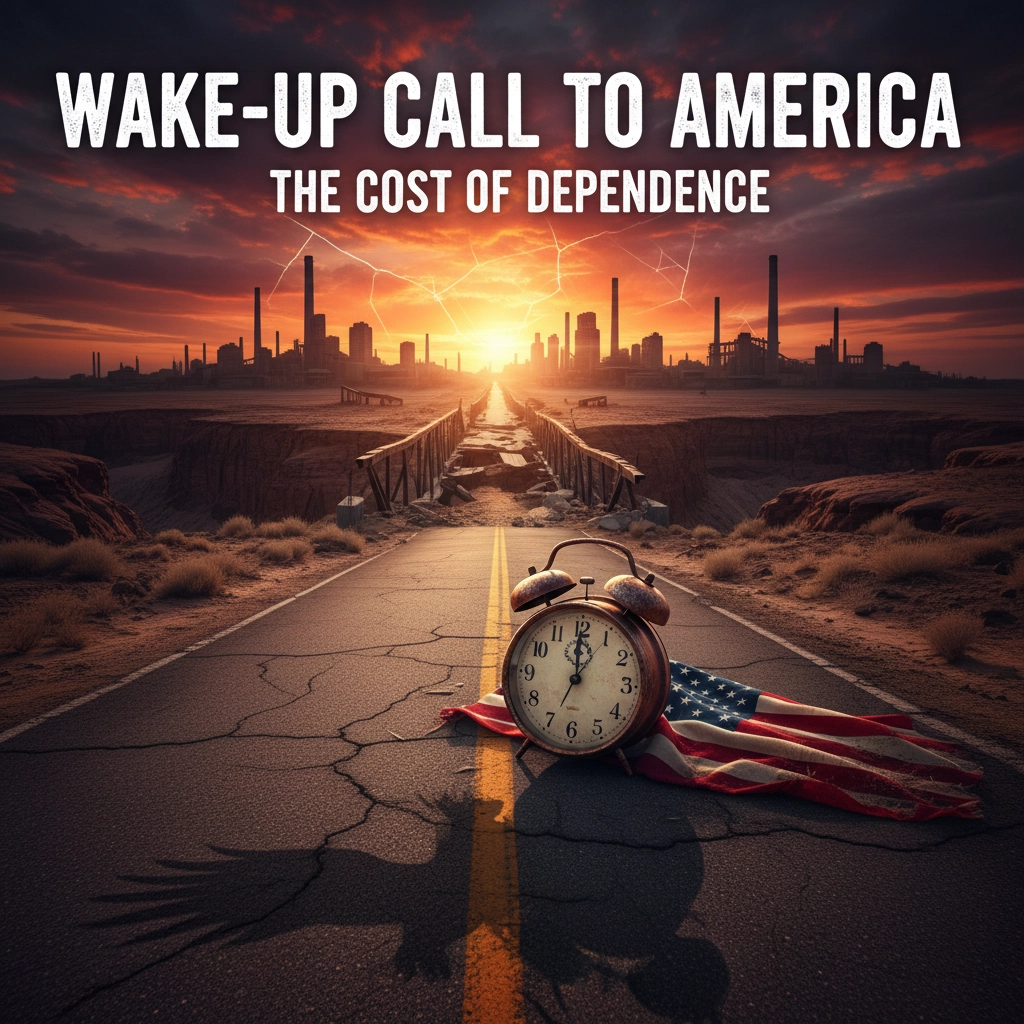Squeezed: Lower-Income Consumers Are Weakening the Recovery
- Randyb Dinwiddie
- 17 hours ago
- 5 min read
Date: November 3, 2025 Byline: Amerishop Editorial Desk
Fresh reporting shows the U.S. economy could wobble as lower-income consumers pull back. Meanwhile, Fed officials remain laser-focused on inflation, signaling caution even with softer job momentum. Consumer spending is two-thirds of GDP, and if the most price-sensitive households slow purchases, retail and services feel it first: especially with credit costs still elevated compared with pre-2022 levels.
The Financial Vise Tightening on Working Families
Lower-income consumers are caught in a perfect storm of economic pressures that's beginning to threaten the broader recovery. These households have largely exhausted their pandemic-era savings and now carry balances below pre-pandemic levels, meaning they are essentially "living on the edge," according to Wells Fargo analysis.
The numbers paint a stark picture. While affluent consumers continue spending freely on strong labor market gains, rising home values, and soaring stock portfolios, the bottom third of American earners are pulling back. They've turned to credit cards and Buy Now, Pay Later loans just to cover basic necessities: not discretionary purchases.

This bifurcation has created what economists call a "tale of two consumers." Visa's recent analysis shows affluent and middle-income consumers doing well, but the bottom third struggling significantly. They're less likely to own stocks or homes, leaving them without the wealth buffer that cushions higher-income households during economic uncertainty.
Multiple Pressure Points Squeezing Budgets
Labor Market Cooling Hits First
As the job market softens, lower-income workers typically feel the impact first through reduced hours, wage stagnation, or outright job losses. Bank of America data shows that while lower-income households have shown some spending recovery, growth remains muted compared to other income groups, with softer wage gains continuing to constrain their purchasing power.
Tariff-Induced Price Increases
The ongoing trade tensions have created another headwind. Lower-income consumers face greater exposure to price increases on imported goods, and they're already responding by cutting back. They're reducing spending on eating out and travel, and even pulling back on everyday essentials like diapers, soda, and other pantry staples.
Morgan Stanley analysts note that proposed tariff policies could negatively impact lower-income households through multiple channels, while affluent consumers remain insulated from these price pressures.

Healthcare Costs Mounting
Rising healthcare expenses are putting significant pressure on both lower- and middle-income families, forcing difficult tradeoffs in household budgets. The Federal Reserve's latest Beige Book highlights this as a growing concern, with families increasingly having to choose between medical care and other necessities.
Interest Rates Stretching Thin Budgets
With interest rates still elevated compared to pre-2022 levels, credit costs are stretching already-tight budgets. Higher-income households often locked in low mortgage rates during the pandemic, but lower-income consumers are more likely to rely on variable-rate credit products that have become significantly more expensive.
Signs of Distress Becoming Visible
The squeeze on working families is showing up in multiple ways across the economy. Food pantry usage has increased among low- and middle-income households in major cities, according to Federal Reserve regional reports. There's also growing reliance on Buy Now, Pay Later loans for basic essentials rather than discretionary purchases: a concerning shift that indicates financial stress.
Auto loan defaults have ticked higher, and bargain shopping behaviors have intensified as households search for ways to stretch dollars further. The Conference Board's latest consumer survey shows income expectations declining, with more Americans expecting their income to decrease in the coming months.

This creates a feedback loop where reduced spending by lower-income consumers starts to affect retailers and service providers, potentially leading to job cuts that further pressure the same demographic.
The K-Shaped Recovery Reality
What's emerged is essentially a K-shaped economy where the recovery's benefits are increasingly concentrated among higher earners. Affluent consumers, who account for 56% of total spending according to Visa data, continue to drive consumption growth. Meanwhile, lower-income households: typically representing about one-seventh of total spending: are treading water.
This dynamic is particularly concerning because it makes the overall economy more dependent on a smaller segment of consumers. If affluent spending were to falter for any reason, the economic impact would be amplified by the already-weakened state of lower-income household finances.
The Federal Reserve faces a challenging balancing act in this environment. Policymakers remain focused on bringing inflation fully under control, but they must also consider how their decisions affect different income segments differently.
What This Means for the Recovery's Trajectory
Consumer spending growth is forecast to slow to 3.7% in 2025 from 5.7% in 2024, with the most pronounced cooling expected in the final quarter of 2025 and early 2026. This deceleration reflects the growing constraints on lower-income spending power.

Retail earnings calls are providing real-time signals of this shift. Companies are reporting that while high-end consumers remain resilient, they're seeing softness among price-sensitive shoppers. This trend is likely to intensify if labor market conditions continue to cool or if inflation remains sticky in essential categories like food and housing.
The retail sector is already adapting, with many companies focusing more heavily on premium offerings where margins are higher and demand more stable. However, this strategy essentially acknowledges the bifurcated nature of the consumer base.
Policy Implications and Economic Risks
The current trajectory poses several risks to the broader recovery. If lower-income consumers continue to pull back, it could trigger a negative feedback loop where reduced demand leads to job losses, further constraining spending power. The economy's growing dependence on affluent consumers also makes it more vulnerable to any shock that might affect high earners.
Policymakers have limited tools to address this challenge directly. Interest rate cuts could help by reducing credit costs, but the Federal Reserve's primary focus remains on inflation control. Fiscal policy measures could provide relief, but political gridlock makes significant action unlikely in the near term.
The shutdown situation adds another layer of complexity, potentially affecting government benefits and services that lower-income households depend on. SNAP benefits, for instance, serve roughly 1 in 8 Americans, and any disruption could further strain household budgets.
Looking Ahead: What to Watch
Several key indicators will signal whether this trend accelerates or stabilizes. Retail earnings reports will provide real-time demand signals, particularly from companies that serve price-sensitive consumers. Credit card delinquency rates and BNPL usage patterns will show how financial stress is evolving.
Labor market data remains crucial, especially wage growth figures for lower-income workers. Any acceleration in job losses or further wage stagnation could tip the situation from a gradual slowdown to a more serious drag on growth.
The Federal Reserve's upcoming decisions will also be critical. While officials have signaled caution on rate cuts due to inflation concerns, mounting evidence of consumer stress could eventually force a reassessment of their approach.
For now, the economy continues to grow, but the foundation is becoming increasingly uneven.
The challenge ahead is whether policymakers can navigate this divide without triggering a broader slowdown that affects all income levels.
Written by Sarah Mitchell, Senior Economic Analyst, Amerishop Services
SEO Information:
Slug: lower-income-spending-slowdown-fed-inflation-watch-nov-2025
Meta Description: Lower-income spending is weakening even as inflation remains sticky. We break down what it means for growth and prices.
Focus Keyword: U.S. consumer slowdown 2025
Tags: economy, inflation, consumer spending, Federal Reserve, interest rates, retail, wages, jobs, credit, growth
Secure your business for every economic cycle.
Dependable Brokers provides trusted Business Insurance for Missouri enterprises. Protect your growth, your people, and your future with coverage designed for you.
Dependable coverage builds confidence—no matter the market.
Tags: economy, inflation, consumer spending, Federal Reserve, interest rates, retail, wages, jobs, credit, growth





































Comments